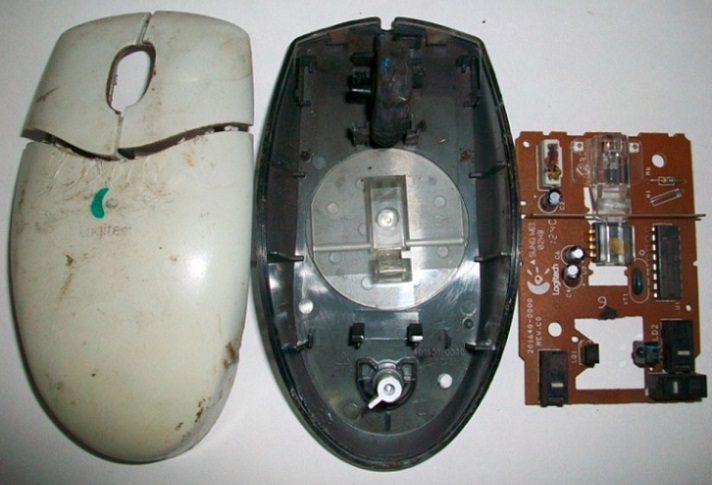Gut Microbes & Universal Blood
Can gut bacteria enzymes make everyone a universal blood donor?

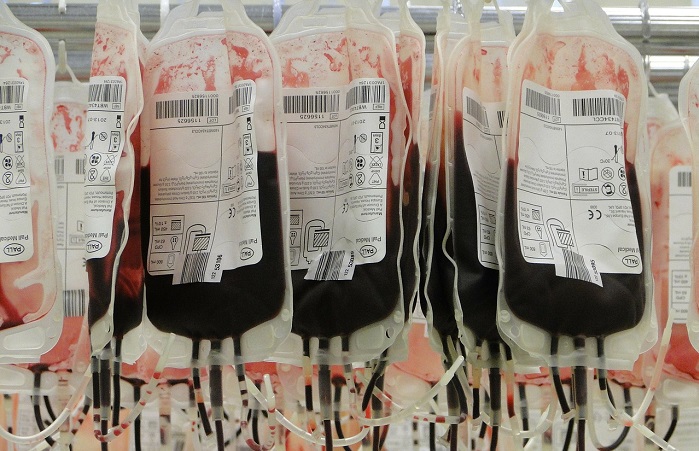

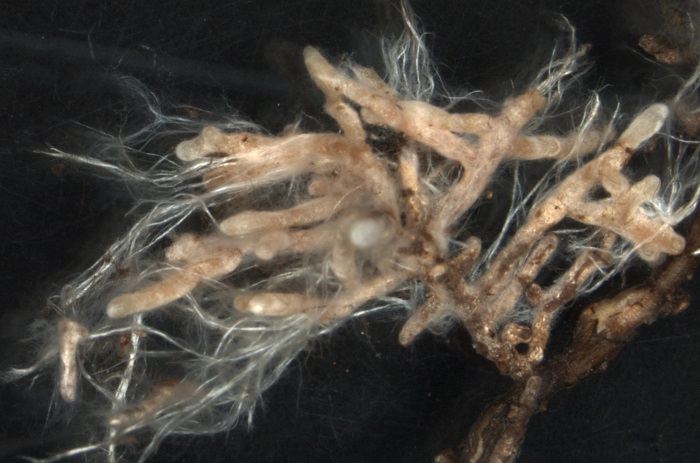
Pollution could be short-circuiting a mutualistic relationship between trees and fungi.
The secret behind a beetle’s ability to shoot rapid pulses of high temperature toxins.

Wildfires are making it harder for water treatment facilities to meet drinking water standards.
A listener asks: Why does wasabi's kick disappear so quickly while the heat of chili peppers can last much longer?
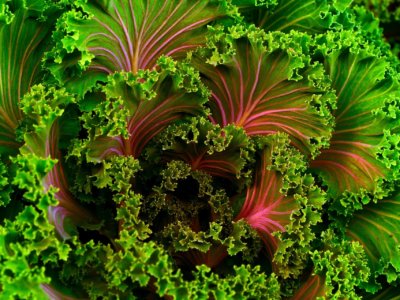
The dominance of green chlorophyll on Earth may have come after a more purple period.

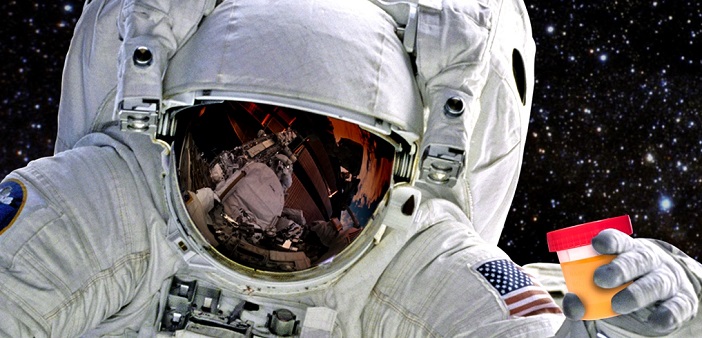
Some people argue that food dyes are harmful to human health, but do decades of safety research back up these allegations?
How did the proteins forming life on earth come to be formed from just twenty of the the many possible amino acids available?
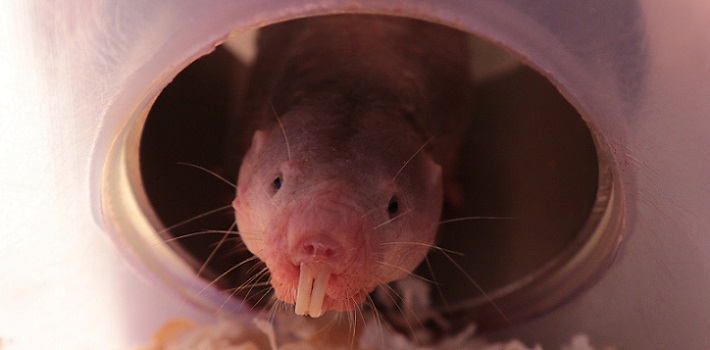
An odd-looking little mammal uses a trick from the plant kingdom to survive without oxygen.


It’s annoying to have to reapply sunscreens throughout the day, and researchers are working on longer-lasting versions.
